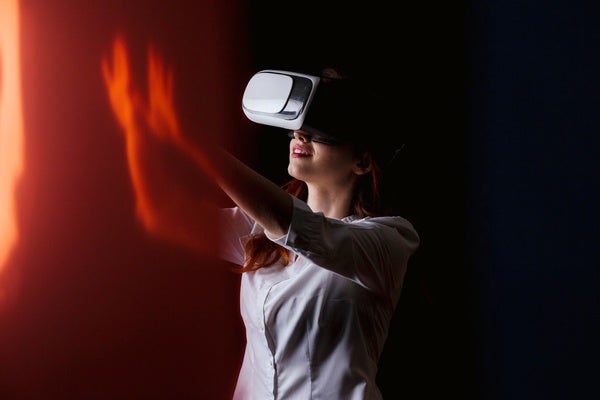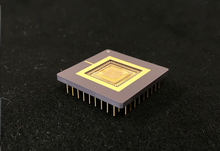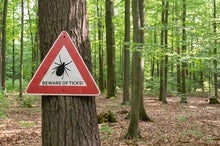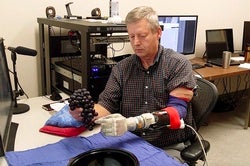 |
| July 19, 2022 |
Dear Reader,
If you could strap an extra pair of robotic arms onto your body, what would it be like to use them? A new study looked at the problem by letting people experience this sensation—in virtual reality. The participants generally felt like they were manipulating their own body parts, not a high-tech tool, which opens up some interesting applications for robotic limbs in VR, and even in the physical world. |
| | Sophie Bushwick, Associate Editor, Technology
| |
 |
| |
| |
| |
| |
| Animals The Quest for a 'Tick Map' Scientists scramble to forecast where and when the disease-carrying arthropods pose the most danger | | | | |
| |
FROM THE STORE
 | | Revolutions in Science Normally science proceeds in incremental steps, but sometimes a discovery is so profound that it causes a paradigm shift. This eBook is a collection of articles about those kinds of advances, including revolutionary discoveries about the origin of life, theories of learning, formation of the solar system and more. *Editor's Note: Revolutions in Science was originally published as a Collector's Edition. The eBook adaptation contains all of the articles, but some of the artwork has been removed to optimize viewing on mobile devices. |  | | |
| QUOTE OF THE DAY
 "To predict if a storm will intensify, you need to know what's going on in the ocean just below the surface, from about 25 to 200 meters depth. Sea turtles spend most of their time in exactly this layer, so their intel is perfect for tropical cyclone forecasting." Kate Golden, Hakai Magazine | |
FROM THE ARCHIVE
 | | | |
LATEST ISSUES
 |
| |
| Questions? Comments?  | |
| Download the Scientific American App |
| |
| |



















